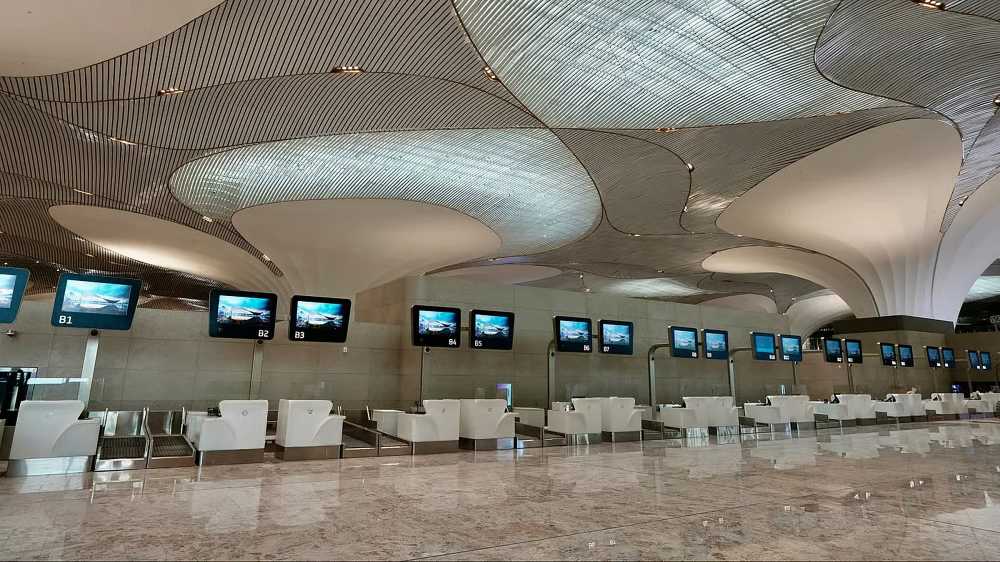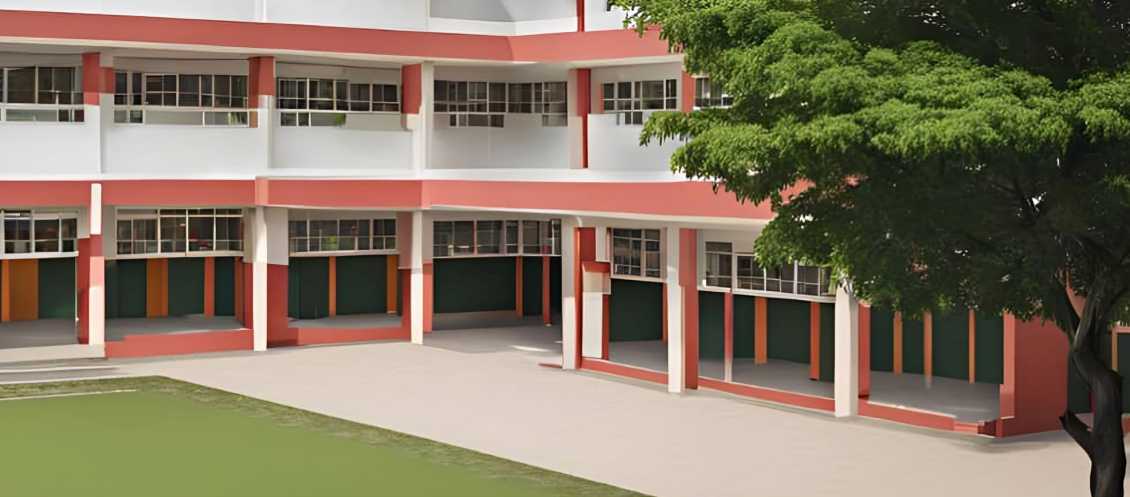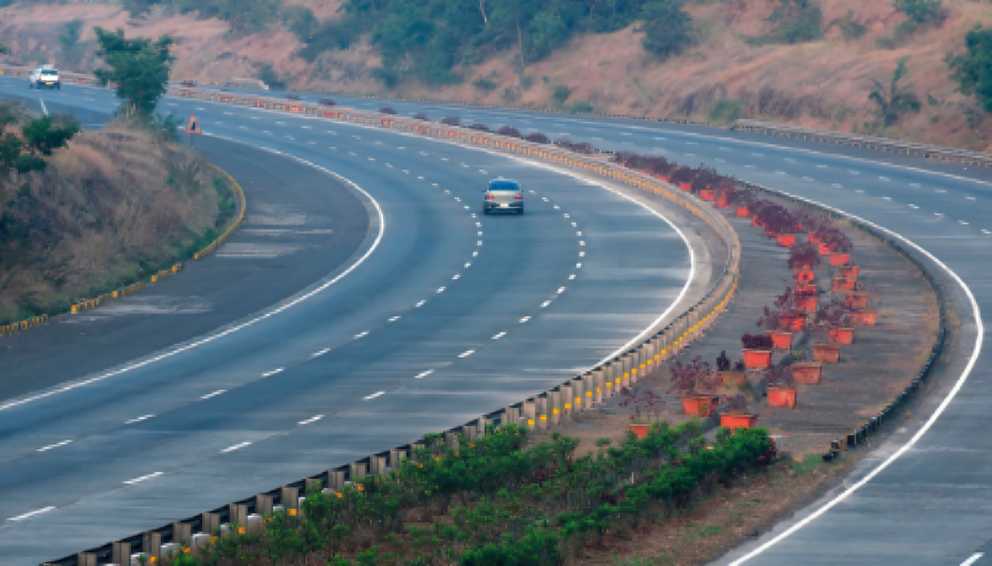November 05, 2025: The Navi Mumbai International Airport (NMIA) is poised to commence its first domestic commercial flights by mid-December, marking a major milestone in Maharashtra’s aviation expansion plan. While an official confirmation from the airport operator is awaited, senior officials from the Navi Mumbai Police Commissionerate indicated that both passenger and cargo operations could begin around December 15, with international flights expected to start by early 2026.
Developed under a public-private partnership model, NMIA is one of India’s largest greenfield airport ventures aimed at decongesting the Mumbai Metropolitan Region’s (MMR) air traffic. The airport will eventually feature four terminals and two parallel runways, significantly boosting the region’s aviation capacity. Officials from the City and Industrial Development Corporation of Maharashtra Limited (CIDCO) confirmed that construction is progressing steadily toward the December target.
To ensure operational readiness, the Central Industrial Security Force (CISF) has taken charge of airport security. “About 200 CISF personnel have been deployed, and the strength will gradually increase to 1,800 as operations expand,” said a senior CISF official. A dedicated control room is being set up at Terminal 3 for real-time surveillance and security management.
Additionally, the Maharashtra government has established a new Airport Police Station within the NMIA premises, with 108 sanctioned posts and a budget of Rs 33.8 million for recurring and Rs 17.6 million for non-recurring expenses. Recruitment for immigration and customs staff is underway, with selected candidates set to receive specialised training at Mumbai’s Foreigners Regional Registration Office (FRRO).
Once operational, NMIA is expected to ease the load on Chhatrapati Shivaji Maharaj International Airport and drive growth across Navi Mumbai and Raigad through transit-oriented development, housing, and employment. The project also aims to set new benchmarks in sustainability with green infrastructure and renewable energy systems, aligning with India’s net-zero vision.
Source: Urban Acres





